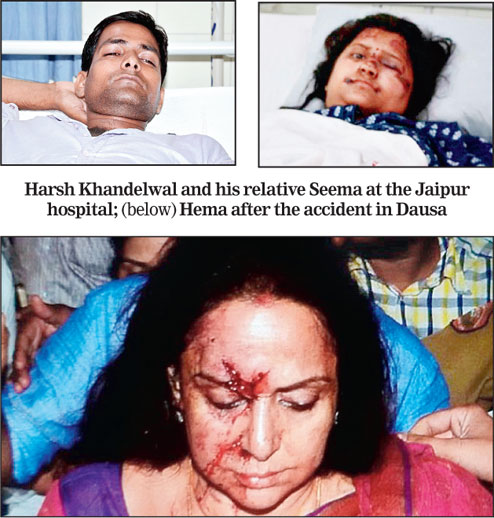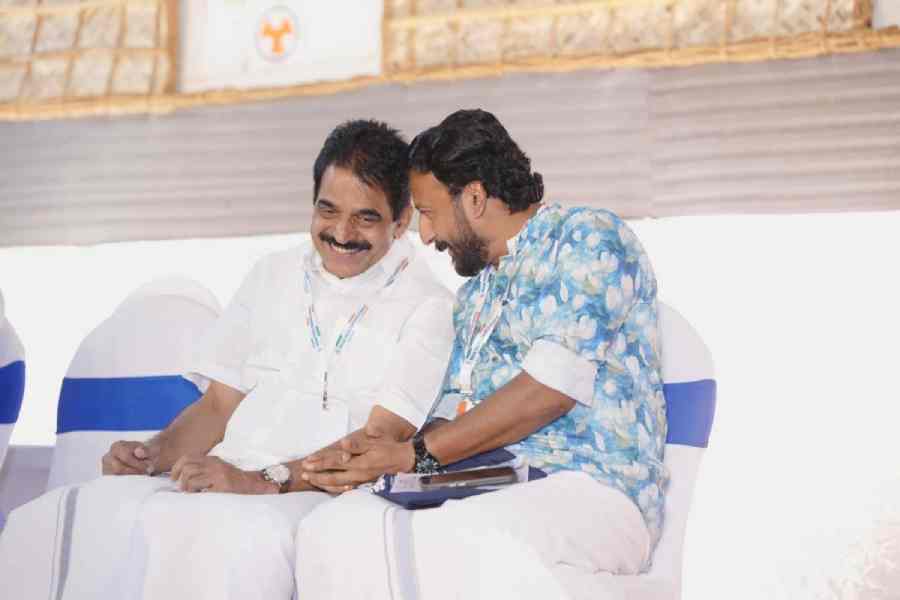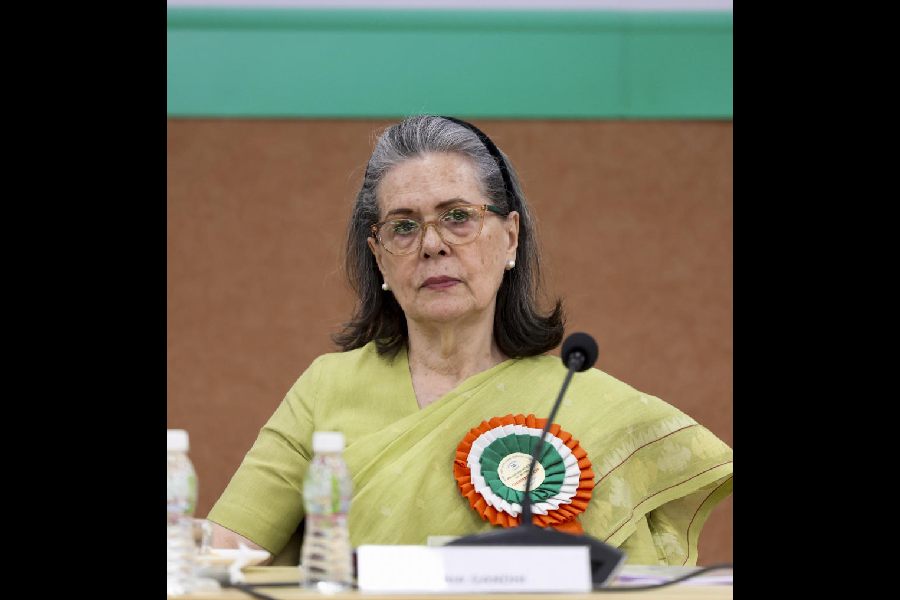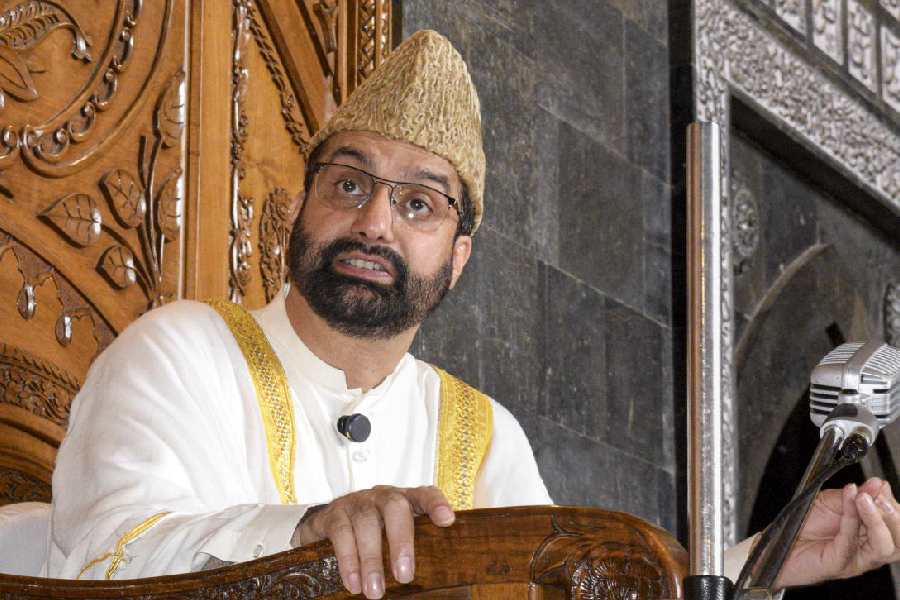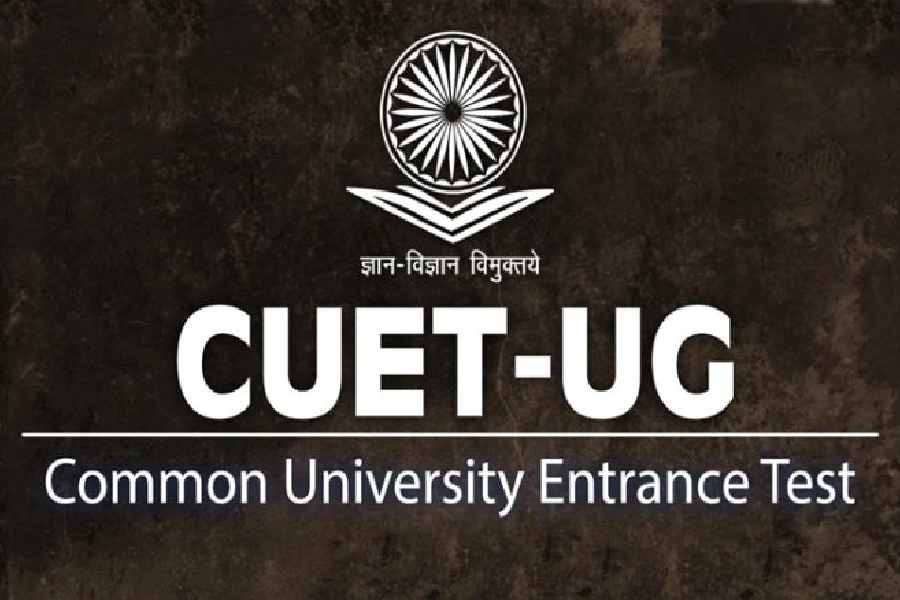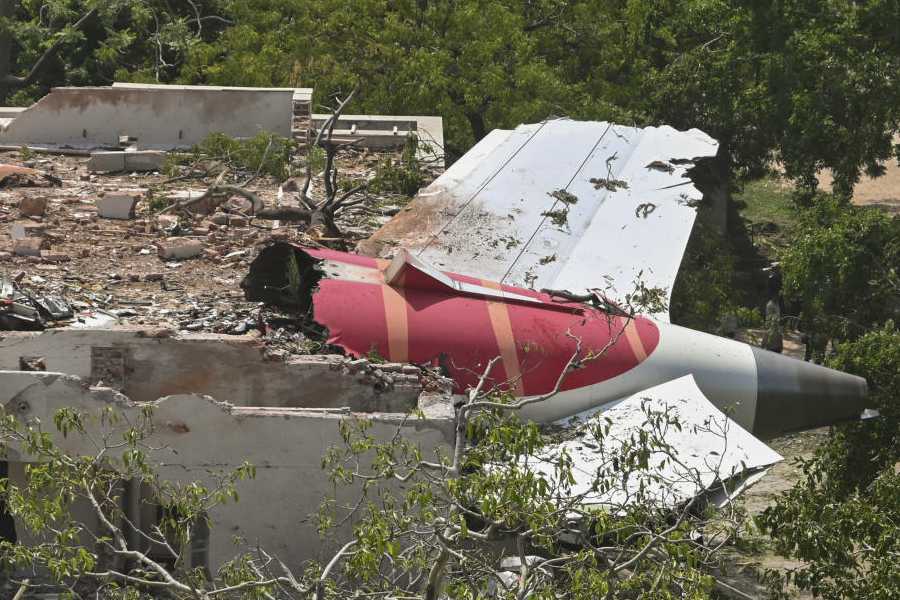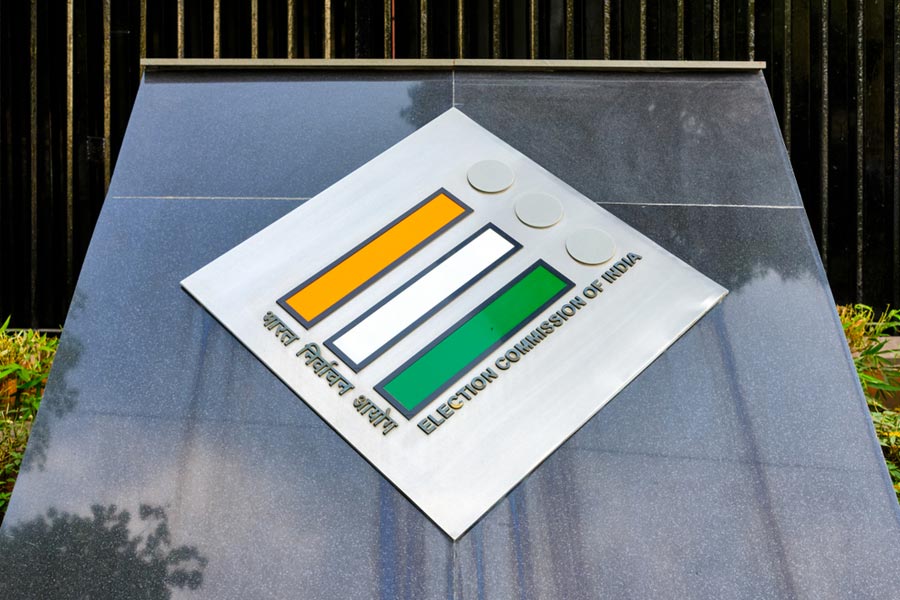A comparison of Voluntary Disclosure of Income Scheme of 1997 and Income Disclosure Scheme of 2016

A key difference between the two schemes was over the valuation of assets. In VDIS 1997, the government permitted taxpayers to value the assets at market rates prevailing in 1987 — i.e. 10-year-old valuations. In the IDS 2016, the assets were valued at current prices, translating into potentially higher tax revenues
@This amount is likely to go up when the full figures are finally tabulated
THE OTHER SCHEMES
Scheme: 1991 Black Money through NHB Bond
• Coverage: Depositing black money in National Housing Bank introduced by then finance minister Manmohan Singh. Tax evaders to deposit money (for which no disclosures will be sought) with National Housing Bank. 40% of the deposit will be deducted and used to fund low-cost housing and slum clearance. Depositor will be allowed to withdraw the remaining sum in one or more instalments for any stated purpose with complete immunity

• Duration: Introduced in the Union budget speech on July 24, 1991, the scheme was valid till November 30, 1991
• Declaration and sum collected: The scheme could secure deposits of only about Rs 60 crore
Scheme: Voluntary Disclosure Scheme 1975
• Coverage: The VDS was announced in the shadow of the emergency. It allowed tax evaders to declare their unaccounted incomes or wealth of any year without fear of levy of interest, penalty, or prosecution under the various direct tax enactments or the Gold Control Act. Tax on disclosed incomes was to be paid at the rate of 60 per cent in case of companies and at slab rates of 25%, 40% and 60% in the case of others on incomes up to Rs 25,000; between Rs 25,000 and 50,000; and above Rs 50,000.

• Declaration and sum collected: The scheme resulted in disclosure of unaccounted income of Rs 738 crore and unaccounted wealth of Rs 790 crore. Total tax collected was about Rs 241 crore
Scheme: Voluntary Disclosure Scheme, 1965
• Coverage: In the backdrop of Chinese invasion of 1962, came another disclosure scheme. This came to be known as Sixty-Forty Scheme, as it allowed disclosure of unaccounted incomes by paying tax at the rate of 60% and retaining 40%, with immunity from penalties and prosecution. The disclosures were kept confidential and tax could be paid in two instalments over six months. Courts were prohibited from compiling production of these declarations in any proceedings
• Declaration and sum collected: The scheme could bring out black money of a mere Rs 52.11 crore and tax of Rs 29 crore.
Scheme: Voluntary Disclosure Scheme, 1951
• Coverage: In 1951, the country introduced the first Voluntary Disclosure Scheme, also known as the Tyagi Scheme. Under this, assesses were allowed to bring into books unaccounted cash before August 31, 1951, after giving intimation to the Income Tax Office and paying tax on it without any fear of penalty or prosecution under the tax law
• Declaration and sum collected: It resulted in disclosure of Rs 70 crore and collection of tax of Rs 11 crore
OTHER BLACK MONEY SCHEMES
*The amount consists of two parts: unaccounted income of Rs 738 crore and unaccounted wealth of Rs 790 crore
**The 1991 scheme required evaders to deposit money (for which no disclosures would be sought) with National Housing Bank. 40% of the deposit would be deducted and used to fund low-cost housing and slum clearance. Depositor was allowed to withdraw the remaining sum in one or more instalments for any stated purpose with complete immunity
Note: All calculations have been made by taking a flat average annual inflation rate of 5%

